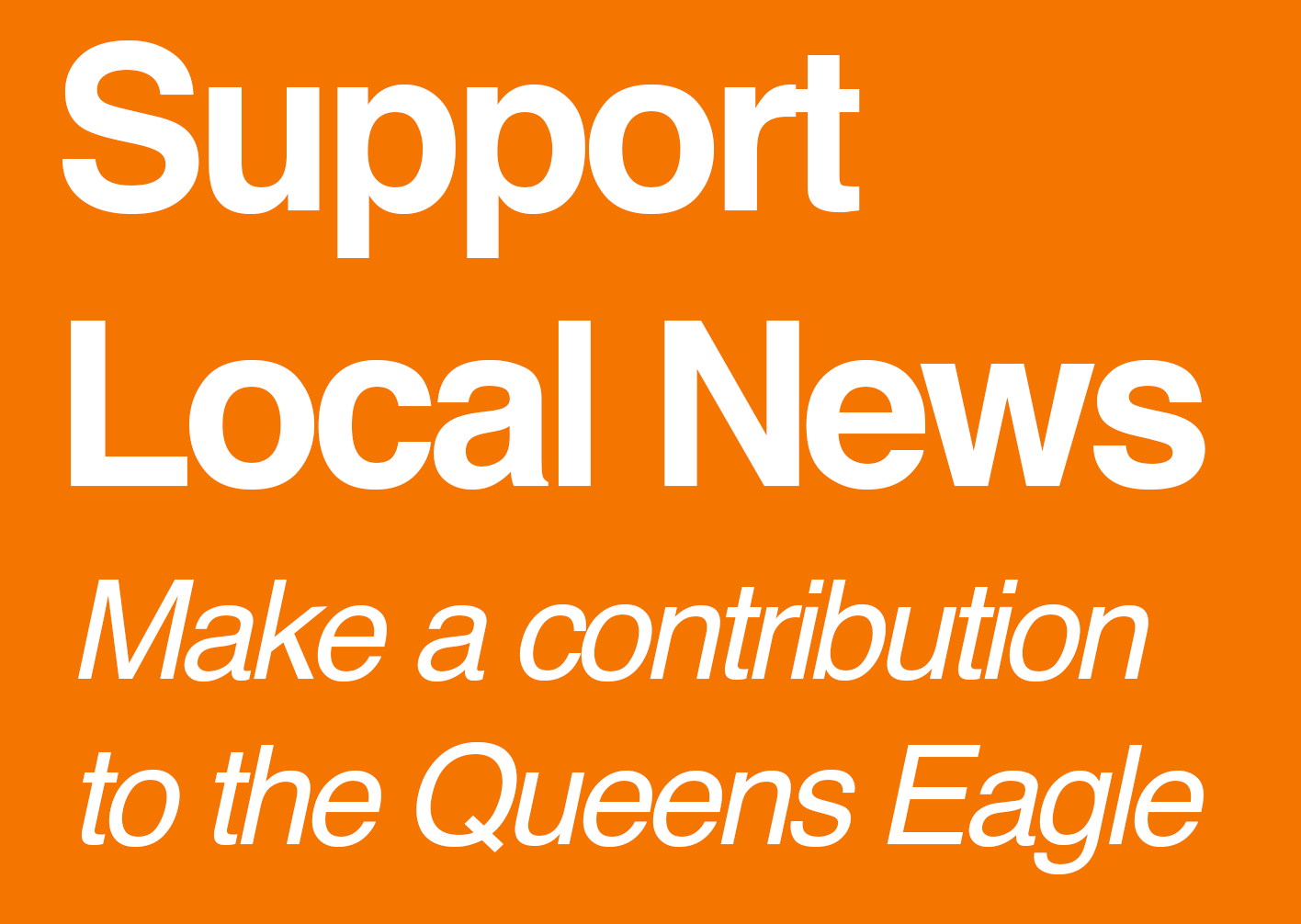BP and locals wary of Jamaica redevelopment plan
/Queens Borough President Donovan Richards held a hearing where he brought up concerns about the city’s Jamaica Neighborhood Plan. Eagle file photo by Ryan Schwach
By Ryan Schwach
The Queens borough president last week hit the city with a number of tough questions about their plan to redevelop a large swath of Jamaica through an effort known as the Jamaica Neighborhood Plan.
On Thursday, Queens Borough President Donovan Richards held a hearing on the massive rezoning, which the city says will lead to the redesign of a large portion of the Downtown Jamaica area, and he and a number of locals had questions and concerns about the project.
Some locals had concerns over displacement, while the BP wanted to ensure that the work did not have a negative impact on infrastructure, the Jamaica streetscape and the overall qualify-of-life in the Southeast Queens community.
According to the Department of City Planning, the Jamaica Neighborhood Plan would encourage the construction of around 12,000 new homes, 4,000 of which would be income restricted.
The plan features a Mandatory Inclusionary Housing provision that officials say would be the largest MIH zone in the city, if approved. It also features regulations that officials claim will lead to streetscape improvements, open space and mixed-use areas.
The Department of City Planning’s current studies show that despite the size of the plan, it would not have any adverse impact on infrastructure in the community.
Richards wasn’t fully convinced.
“Are we serious?” Richards asked at the hearing, specifically highlighting the water table and potential flooding around CUNY’s York College.
Jasmine Tepale, a project lead for DCP, said that they were looking into flooding issues but hadn’t found anything alarming yet.
“It's not showing an impact in that sense,” she said. “But we do know that there are issues in Jamaica. We've talked to many people who've talked to us about those issues, and they've lived through that firsthand. So while it's not showing an impact…it's just one kind of data factor that we use to think about the future of these areas.”
The BP still had his doubts.
“There is no way that there are no impacts here,” he said.
Richards also said he didn’t like the city’s plan to redesign the streetscape of Merrick Boulevard and Guy R. Brewer Boulevard, two major roadways for Jamaica and Southeast Queens.
“I'm really for these corridors,” he said. “I really want to strengthen the corridors up the Merrick Boulevard corridor, Guy R. Brewer as well, which is more narrow, but we should be talking to parks about trees and lighting. We want our boulevards to feel inviting…streetscape is very important to us here.”
With the anticipation that the already dense community will grow with the influx of new housing from both the Jamaica Neighborhood Plan, the City of Yes and other plan developments, Richards said he wanted to see more school seats added into the plan.
DCP said they anticipate an impact on school seats mainly in the northern area closer to Queens Boulevard.
“We are working with [School Construction Authority] to think about future school needs,” said Tepale. “[We are] just really trying to expand any and all opportunities to have more space for schools anywhere that can have space for schools.”
Richards suggested vacant city owned land could be used to build new schools.
The Jamaica Neighborhood Plan would rezone a large portion of Downtown Jamaica.Rendering via the Department of City Planning
The Jamaica Neighborhood Plan currently sits on the BP’s desk as part of the city’s review process. He’ll issue his recommendation by the end of June before it heads to the City Council.
DCP and the plan are working at a disadvantage.
Both relevant community boards, 8 and 12, voted against the project.
CB12 only had one member vote in favor, while CB8 was unanimously against it.
“I believe we need to go back to the original map and look at it again,” said CB12 Chair Reverend Charlene Thorbs at the hearing on Thursday. “The original zoning was to protect the homeowners. We don't feel protected. As the chair, looking at what's going on, the homeowners are not being protected.”
Thorbs said she is worried about the impact of more large apartment buildings in the area.
“When you're looking at putting up 11-story, 18-story buildings up against the backdrop of homeowners, that's a problem,” she said.
Regardless of the pushback, City Planning has previously articulated the need for the neighborhood plan because of the growth of the community and the pricing out of many longtime locals.
From 2010 to 2020, the neighborhood's population grew by over 13 percent, which is nearly double the rate of growth citywide.
“Jamaica has been one of the most bustling commercial and transit hubs in the city, but our own outdated zoning and lack of housing and investments have held it back,” DCP Commissioner Dan Garodnick told the Eagle in March. “We need to reduce the demands that are putting pressure on existing residents and pushing their rent up by creating more housing supply. Housing supply helps to take some of that pressure off.”





